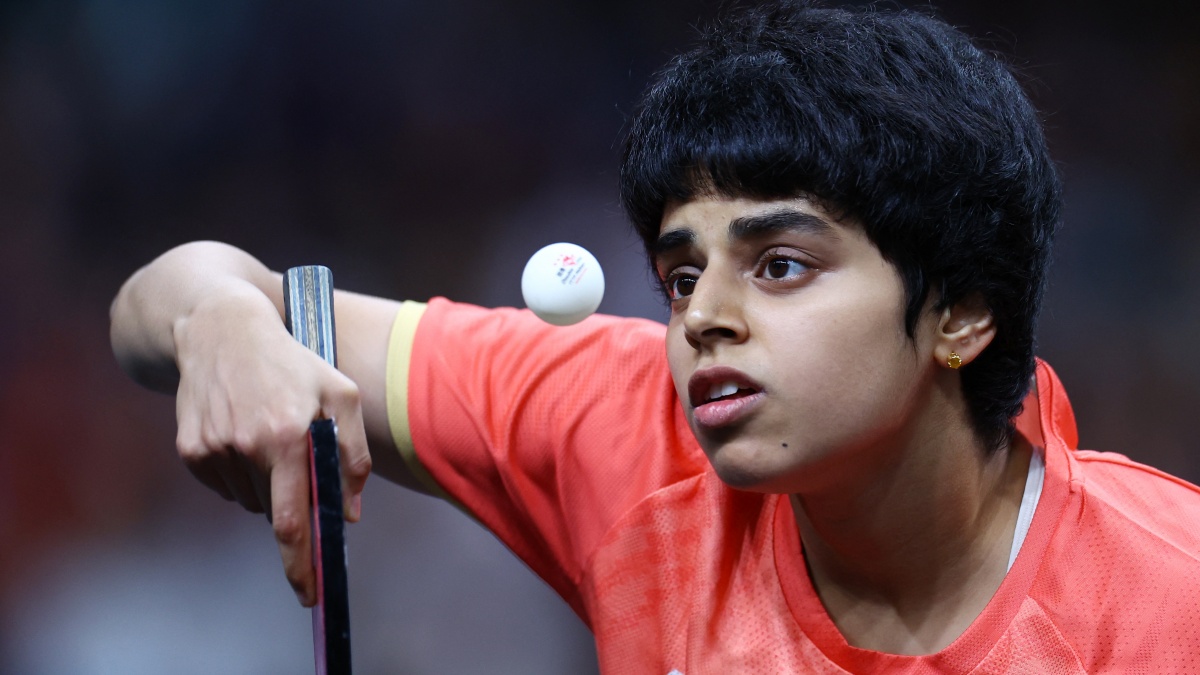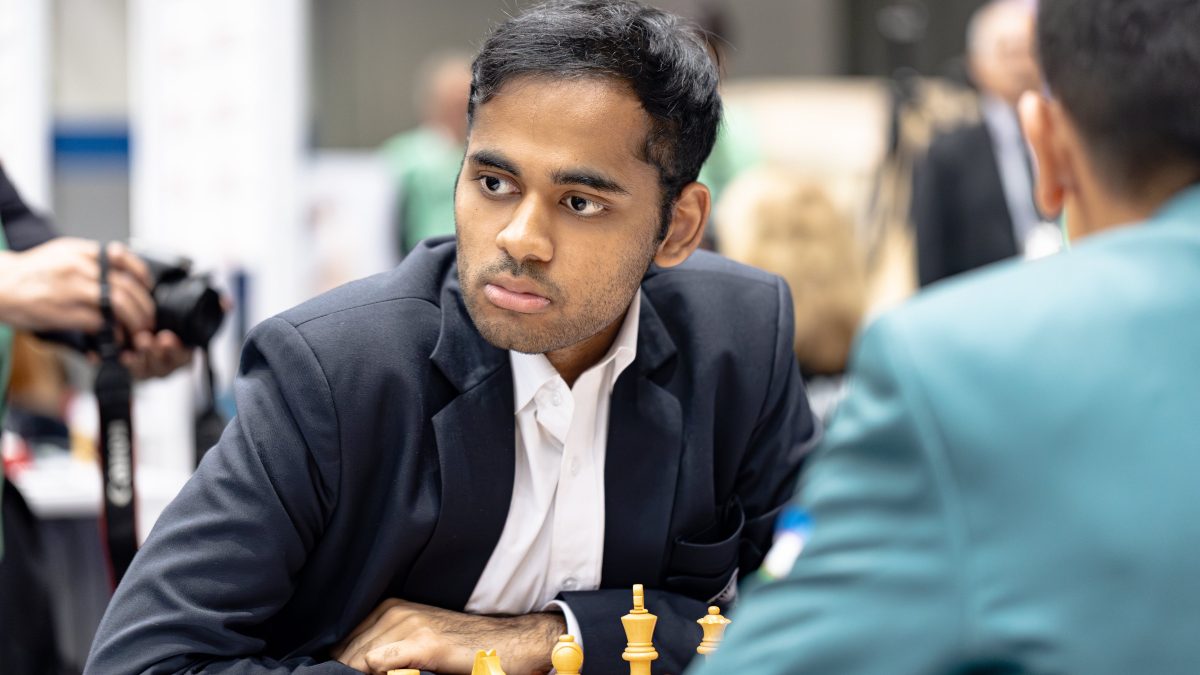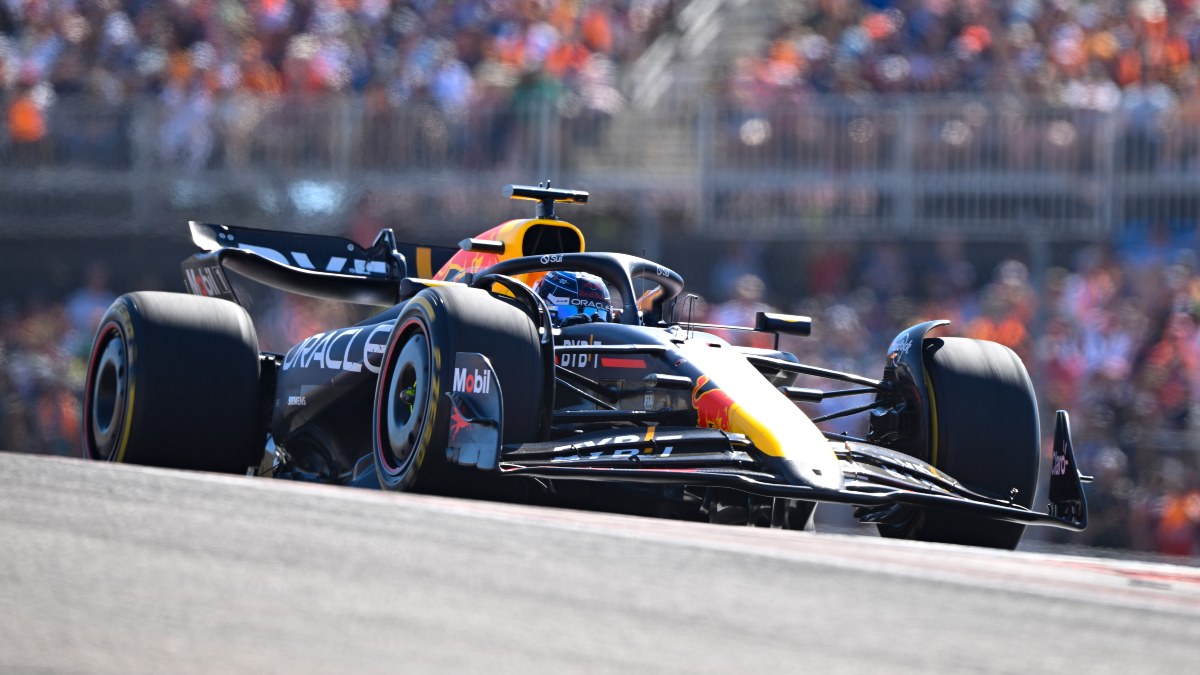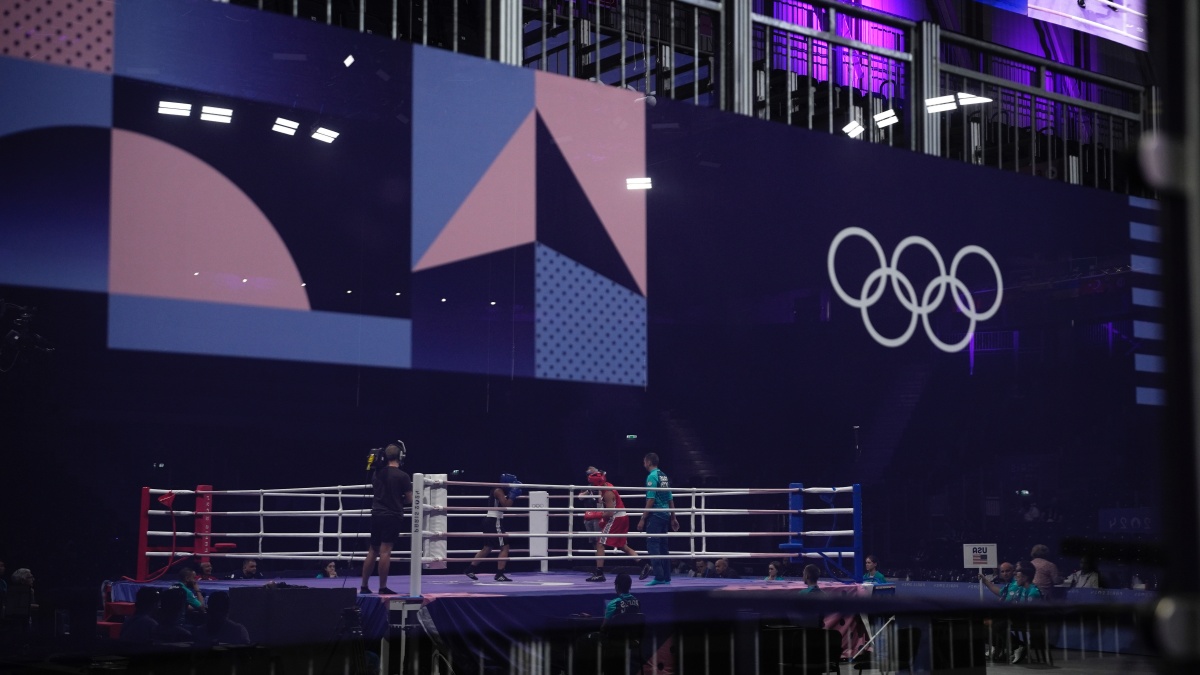Archana Girish Kamath shines amidst overall disappointment as India lose 1-3 to Germany read more
)
Archana Girish Kamath in action during her women's team quarterfinal match against Xiaona Shan of Germany at Paris Olympics. Reuters
The Indian women’s table tennis team made a heartbreaking exit in the quarterfinals of the 2024 Paris Olympics, as they were defeated by Germany. Germany emerged victorious with a 3-1 win, ending India’s hopes of advancing to the semifinals and vying for an Olympic medal.
The Indians would have fancied their chances against a severely depleted Germany, who were missing star players Han Ying and Nina Mittelham in this encounter through injury. Despite Germany’s higher seeding, it was the Indians that were the favourites to go through to what could have been a historic semi-final.
The opening loss in the doubles set the tone for the match, as Archana Kamath and Sreeja Akula, who had excelled in their previous doubles fixture against Romania, struggled against Germany’s Xiaona Shan and Yuan Wan.
Both German players, using ‘short pimple’ rubbers on their forehands, posed significant challenges to the Indian duo. The difficulties faced by the Indian pair were surprising, given that several players on the Indian domestic circuit, including Ayhika Mukherjee — a reserve in the current Olympic squad — employ similar styles. Ayhika’s presence in practice should have provided valuable preparation, yet it was the Germans who prevailed.
‘Short pimple’ rubbers are typically favoured by attacking players who stay close to the table, as they reduce sensitivity to spin, allowing for effective counter-attacks. Xiaona and Yuan exploited this to great effect, countering the Indians’ topspin attacks with ease. They also kept the pace of rallies deliberately slow, recognising that both Archana and Sreeja preferred fast-paced exchanges.
Archana and Sreeja also squandered crucial opportunities, notably letting slip a 10-8 lead in the third game, which resulted in them falling behind 1-2 before ultimately losing 1-3. The loss of the third game had a significant psychological impact, causing both players to retreat and struggle to regain their composure.
India’s talisman Manika Batra then faced World No. 100, Annett Kaufmann. Although Manika started strong by winning the first game, it was her only success in the match. 18-year-old Annett, displaying a formidable array of attacking topspin shots from both flanks, appeared completely at ease against Manika.
Manika’s ‘long pimple’ backhand rubber, typically a key weapon, proved ineffective as Annett was well-prepared to counter this style of play. The young German’s strategy was straightforward—serve short and wide to Manika’s forehand, then launch a relentless attack. As a result, Manika had few opportunities to deploy her powerful forehand topspin.
Annett, a left-hander, expertly used down-the-line angles from both flanks, enhancing her shot speed by targeting the shorter side of the table, while occasionally mixing in crosscourt angles.
This tactical variety kept Manika off-balance, preventing her from finding her rhythm. Since Manika was kept guessing, she was unable to effectively employ her ‘twiddle’ strategy, as Annett’s unpredictable shot placement left her constantly uncertain of the next move. Ultimately, Manika was overpowered, losing 1-3.
With India down 0-2, Archana Kamath offered a glimmer of hope by winning the third fixture against Xiaona Shan in four tightly contested games. Archana, ranked World No. 123, delivered an impressive performance to defeat Xiaona, who is ranked 83 places higher.
Initially, Archana had difficulty adapting to Xiaona’s ‘short pimple’ rubber and ‘penhold’ grip. However, she quickly found her footing and became more confident as the match progressed.
Archana strategically employed aggressive topspin shots from both sides to keep the pressure on Xiaona. Additionally, she effectively varied her shot placement and angles, disrupting Xiaona’s rhythm and neutralising her offensive game. This tactical versatility proved crucial in securing a vital win for India.
Unfortunately, Sreeja Akula could not continue the momentum and lost 0-3 in the fourth fixture. Annett Kaufmann, who had already faced Manika and was familiar with the ‘long pimple’ rubber used by Sreeja, proved even more effective against her.
Annett’s strategy was similar to what she used against Manika. Staying close to the table, she attacked relentlessly. Her topspin shots were low and heavily loaded with spin, leaving Sreeja with no opportunities for counterattacks. The match was brief and marked a disappointing end to Sreeja’s otherwise impressive Olympic campaign.
This result will be a hard pill to swallow for the Indian women’s team, as their exit from the tournament felt anticlimactic. Manika and Sreeja will be particularly disappointed with how they allowed the inexperienced Annett —initially a reserve player for Germany—to dictate the tempo of play in both encounters. They struggled to assert themselves when it mattered most.
This loss will be a crucial learning experience for the Indian team. As international players continue to study and prepare meticulously, India’s women contingent will need to consistently improve to maintain their status as one of the top table tennis nations in the world.
Nevertheless, as they return home, the Indian players can hold their heads high, knowing that they gave their all and represented their country with pride.
The Paris Olympics was filled with landmark achievements by the team. The road to Olympic glory is often challenging, but the Indian women’s table tennis team has shown they have the potential to compete with the best in the world. With continued dedication and support, they are poised for even greater achievements in the future.
(The author, a National Level table tennis player, has represented the state of Maharashtra across all age groups and at the senior level. He was the Under 12 Indian national champion and participated in international tournaments at the age-group level. Additionally, he is a silver medallist at the All-India University championships, representing the University of Mumbai.
He has completed a Masters in Sport Management from Loughborough University, and is currently working with the coach education team for British Rowing, the National Governing Body for rowing in England).

 3 months ago
14
3 months ago
14
)
)
)
)
)
)
)
)
)
)
)
)
)
)
)
)
)
)
)
)
)
)
)
)
)
 English (US) ·
English (US) ·